Blocks in Karate - are they there or not?
Blocks in Karate - are they there or not?
We often read or hear statements like “there are no blocks in karate” - I’ve even said it myself! But the definition of to block something is to stop it, or impede it’s progress in some way.
So do we have blocks in karate or not?
It’s really not that simple! We know that “uke” translates as “receive” not “block” (not being a Japanese speaker I have to take others assertion on this), but the cause of debate can’t merely be a case of poor translation!
If we take a deeper look at the movements in question and consider them as a whole, we can better understand their possible role in the blocking/jamming/redirecting and countering of an attack.
In simplistic terms, we can consider each of the receiving techniques (blocks if you prefer) to be made up of two phases - the chamber and the delivery.
Too often the focus is on the the delivery phase as being the “block”. This is slow in relation to an attack and leads us inevitably to the conclusion that the “block” doesn’t work, and eventually to the affirmation that there aren’t any blocks in karate!
Put simply, a two phase (or beat) movement is always going to be slower than a single phase (or beat) movement. If we are using a two beat (chamber, delivery) motion to counter a single beat motion it will not work!
However, if we shift the emphasis from the delivery to the chamber, we can see that we gain a number of potential benefits. The so called chamber provides not only cover, but entry, control and space (and yes, striking potential as well) - think of it as a trained, and therefore enhanced, flinch response.
It is the chamber that engages the attack! The delivery phase is in essence a secondary striking phase and not a block at all, it is a continuation of the pathway, accessing vulnerable targets for a potential conclusion to a violent encounter.
So in conclusion, I would like to say that - in my opinion - there are blocks in karate, we just have to rethink them!
Blocks in Karate - are they there or not?


